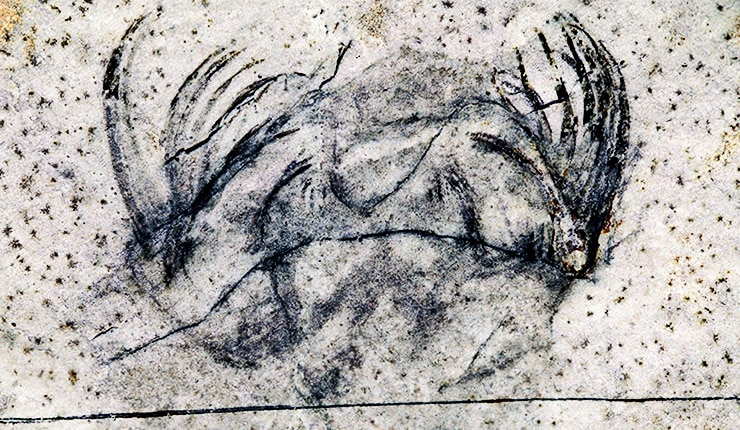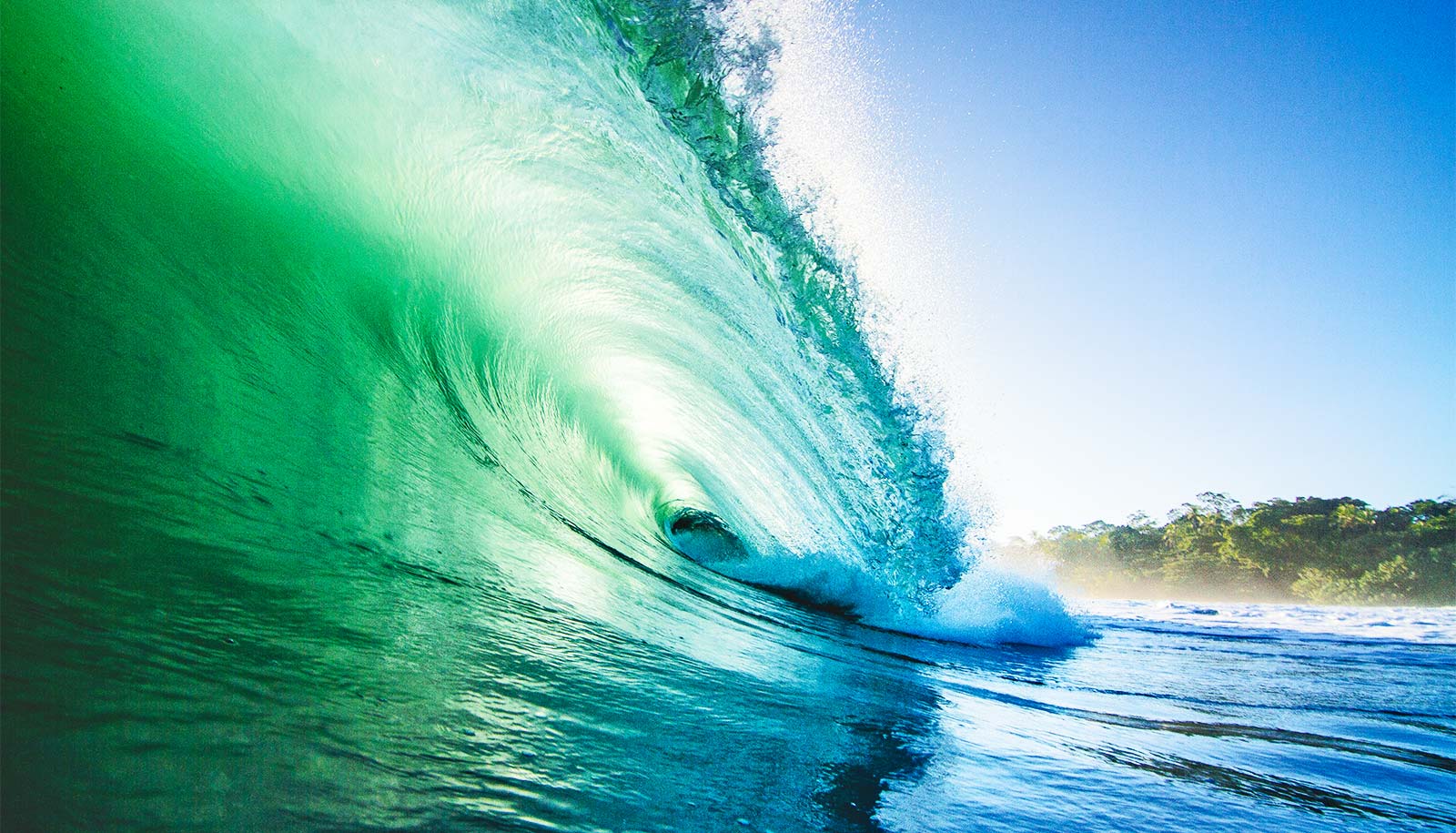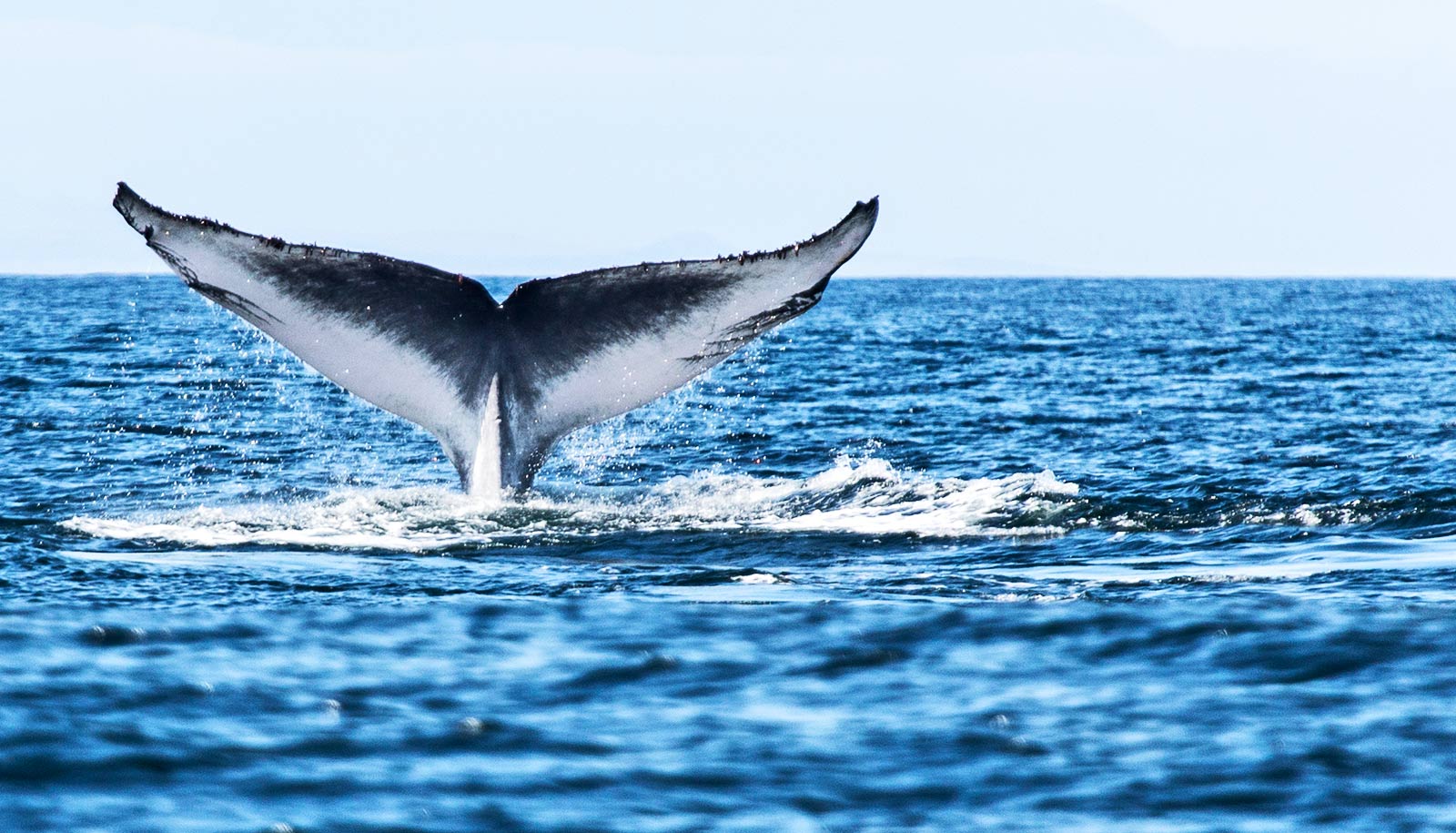Researchers have identified a small marine predator that once patrolled the ocean floor and grabbed its prey with 50 spines deployed from its head as a brand new genus and species.
They identified the four-inch long creature, named Capinatator praetermissus, based on 50 specimens from the fossil-rich Burgess Shale in British Columbia.
“This is the most significant fossil discovery of this group of animals yet made,” says Derek Briggs, professor of geology and geophysics, curator at the Yale University Peabody Museum of Natural History, and lead author of a paper about the discovery, which appears in Current Biology.
Chaetognaths are small, swimming marine carnivores that are also known as arrow worms. They represent a separate, major phyla of animals. Capinatator is one of the largest chaetognaths known, living or fossil.
“…the spines would have been a terrifying sight to many of the smallest marine creatures that lived during that time.”
At more than 500 million years old, Capinatator is thought to be a forerunner of the smaller chaetognaths that are abundant in today’s oceans, where they make up a large portion of the world’s plankton and the ocean food chain.
Capinatator’s head configuration is unique, the researchers say. It has about 25 spines on each side—nearly double the maximum number of spines in today’s chaetognaths—and captured prey by closing the two halves of its grasping spines toward each other as it swam.
“This new species was well adapted to capturing prey with the numerous, claw-like spines surrounding its mouth,” says Jean-Bernard Caron, associate professor at the University of Toronto and senior curator of invertebrate palaeontology at the Royal Ontario Museum.

“Darting from the water depths, the spines would have been a terrifying sight to many of the smallest marine creatures that lived during that time.”
While it is fairly common to find evidence of chaetognath spines, fossilized chaetognath bodies are extraordinarily rare. In this case, many of the Capinatator specimens included evidence of soft tissues.
“The specimens preserve evidence of features such as the gut and muscles, which normally decay away, as well as the more decay-resistant grasping spines,” Briggs says. “They show that chaetognath predators evolved during the explosion of marine diversity during the Cambrian Period and were an important component of some of the earliest marine ecosystems.”
Ancient lizard babies were born in water
The name Capinatator is derived from “capio,” which means “to grasp,” and “natator,” which means “swimmer.” The species name praetermissus means “overlooked.”
The NASA Astrobiology Institute as well as grants from the Natural Sciences and Engineering Research Council, the ROM Reproductions Fund, and the Louise Hawley Stone Charitable Trust Publications Fund supported the research.
Source: Yale University



